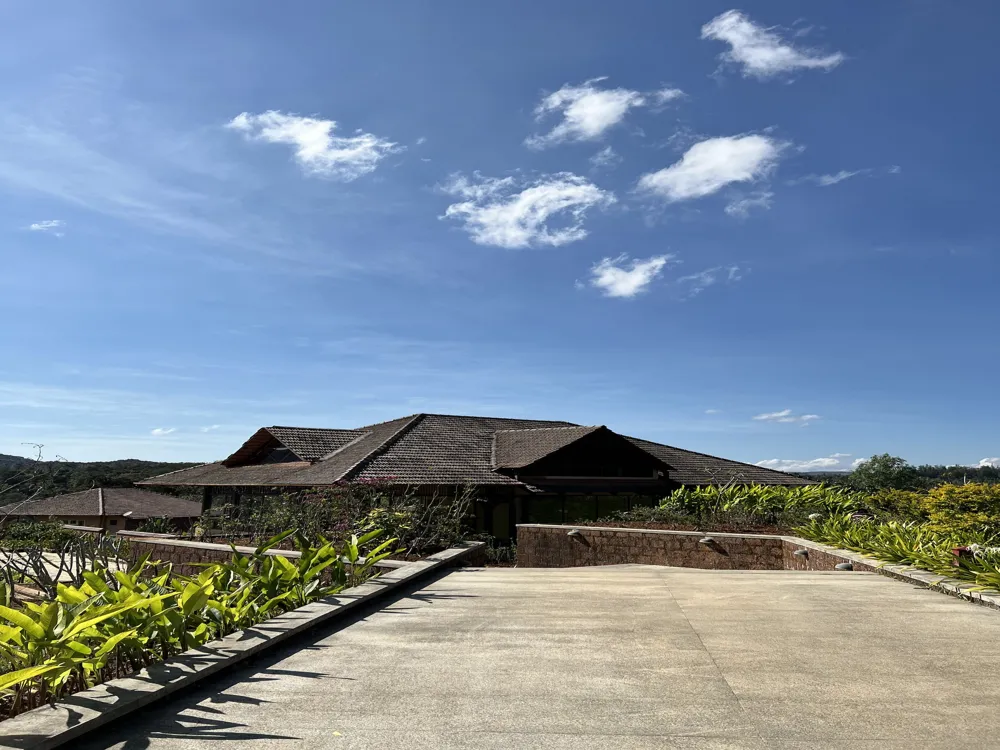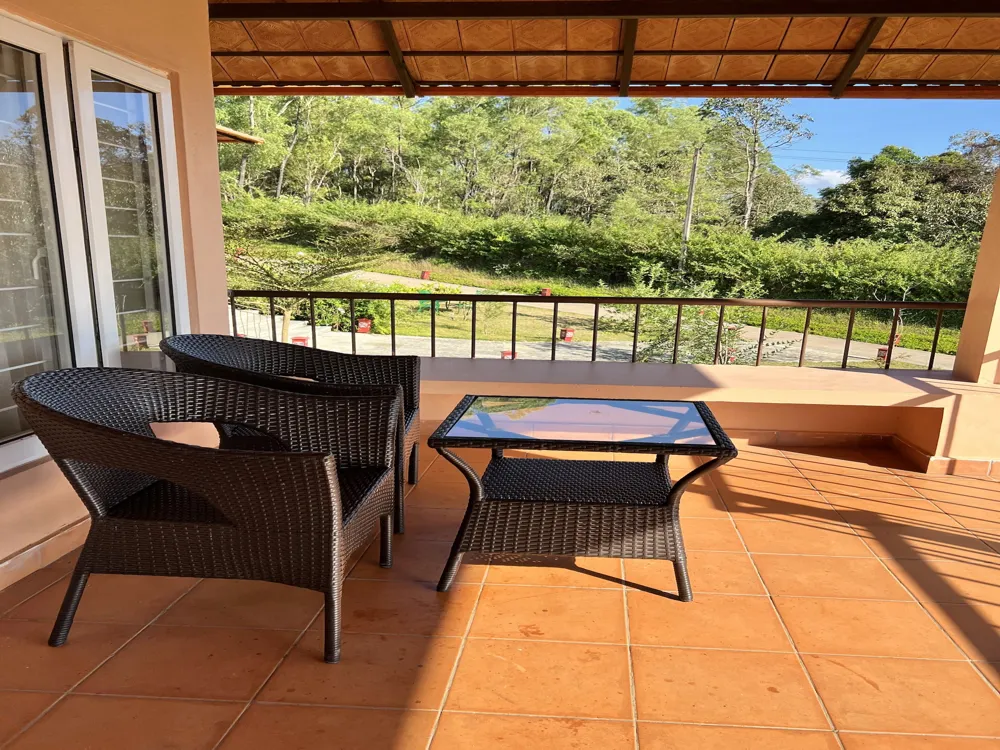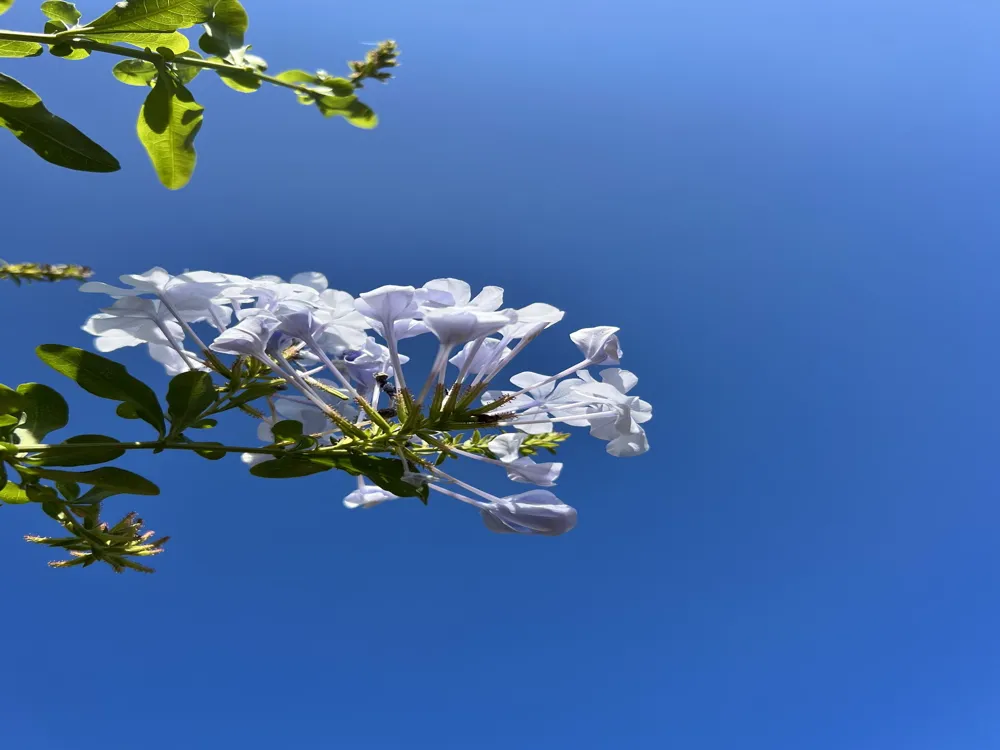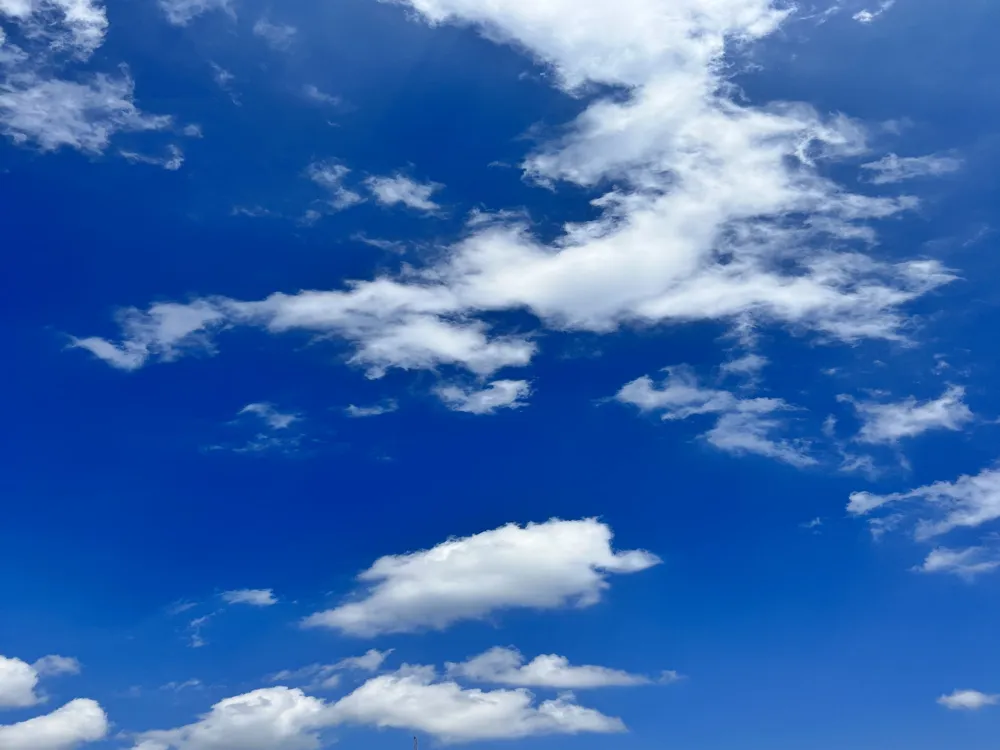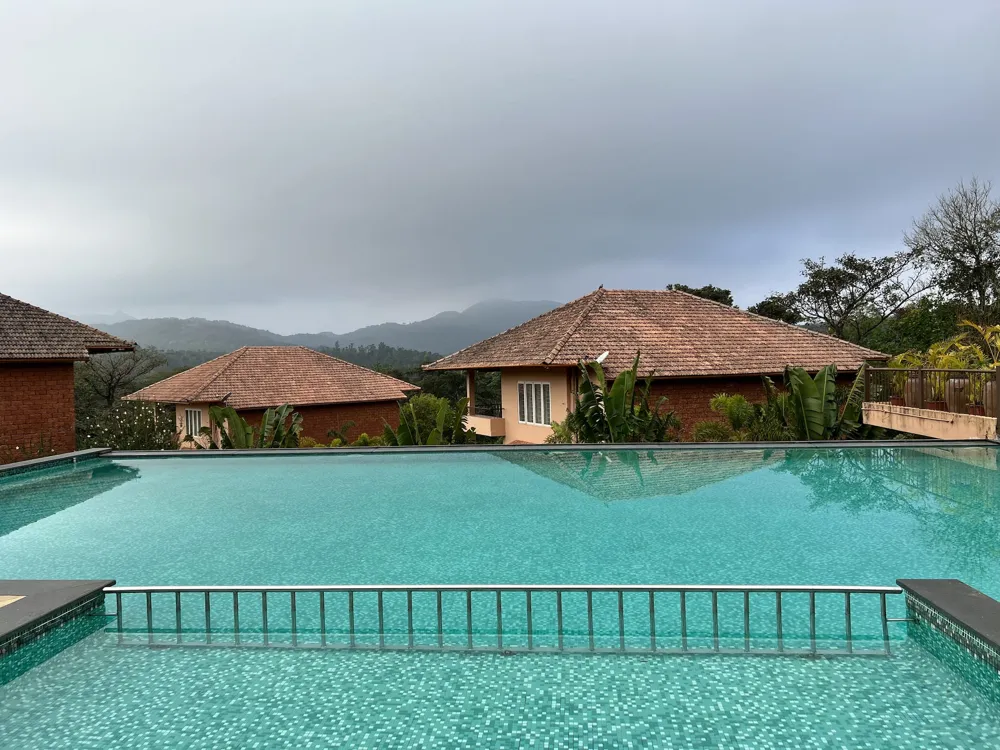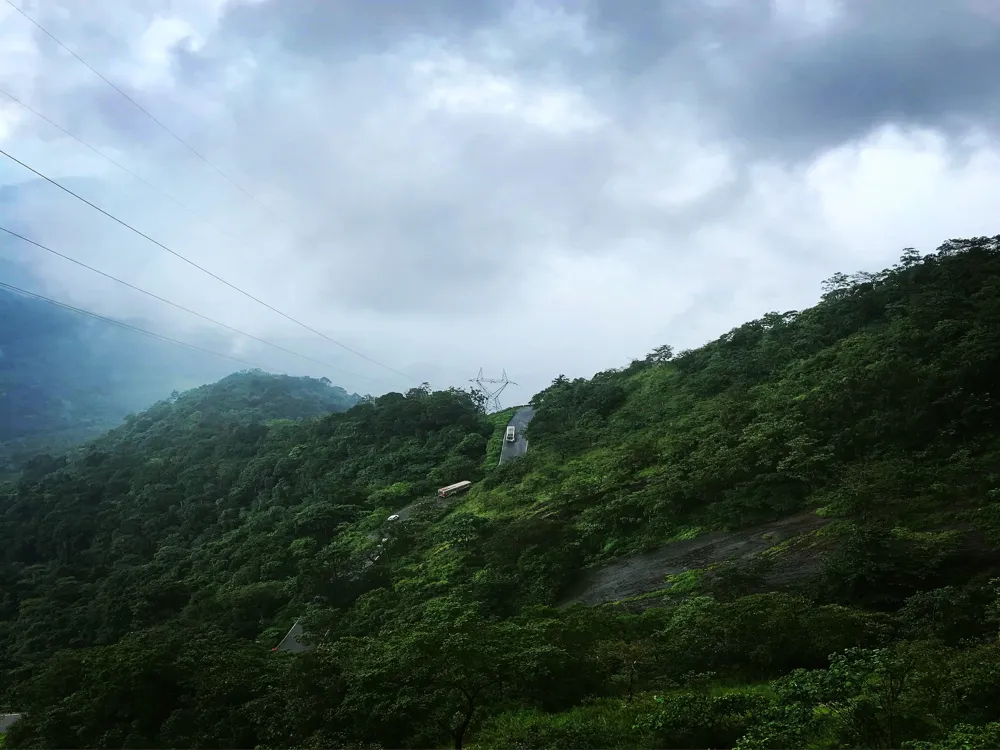Plan Your Travel To Sakleshpur
Places To Visit In Sakleshpur
Agni Gudda Hill
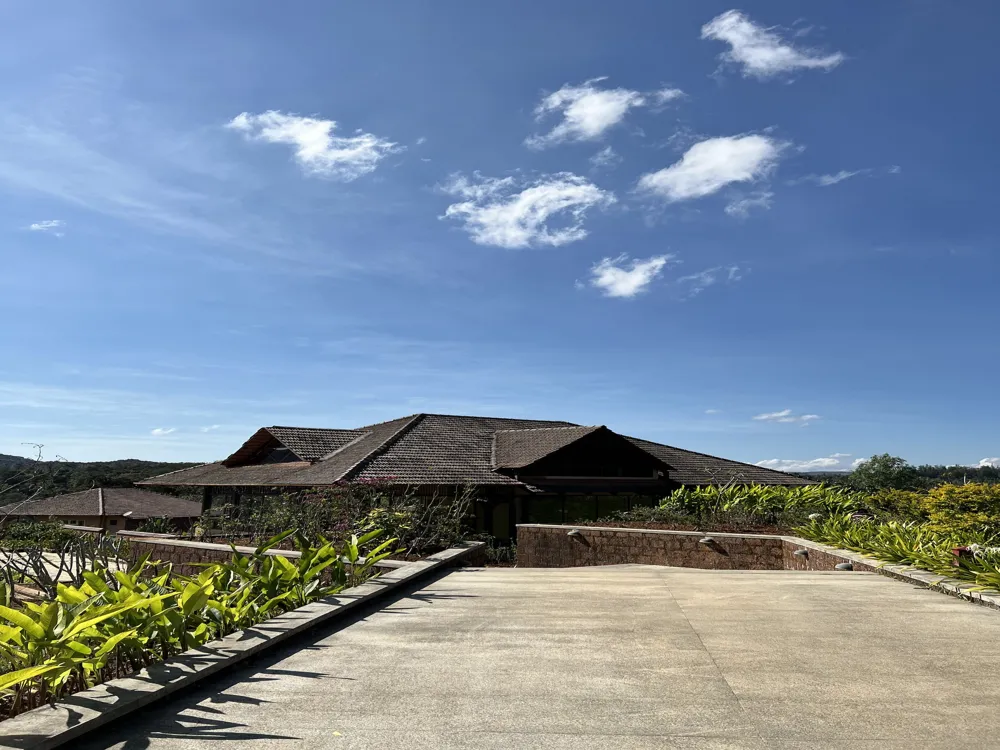
The Agani Peak in Agni Gudda or ‘fiery mountain’ (for its volcanic nature) is accessible from Agani village by a moderate 3 kilometres trek of one hour and from the summit, you can have the clear view of the green pasture lands and plains filled with paddy fields. You can pitch your tent and camp overnight at the summit to enjoy the magical starlit view of the sky.
Activities like trekking and camping are famous in this region. Or, if you simply want to relax have a picnic at this place and enjoy the view of rice terrains that surrounds the place. Located around 25 kilometres from the bus stand of Sakleshpur, Agni Gudda is best visited from October to March and the trek takes about 4 hours to ascend and descend. You can also follow the trek route to reach the Manjarabad Fort. Various south Indian movie scenes are shot here and it is also popular for half-day picnics.
Read More
Bisle Reserve Forest
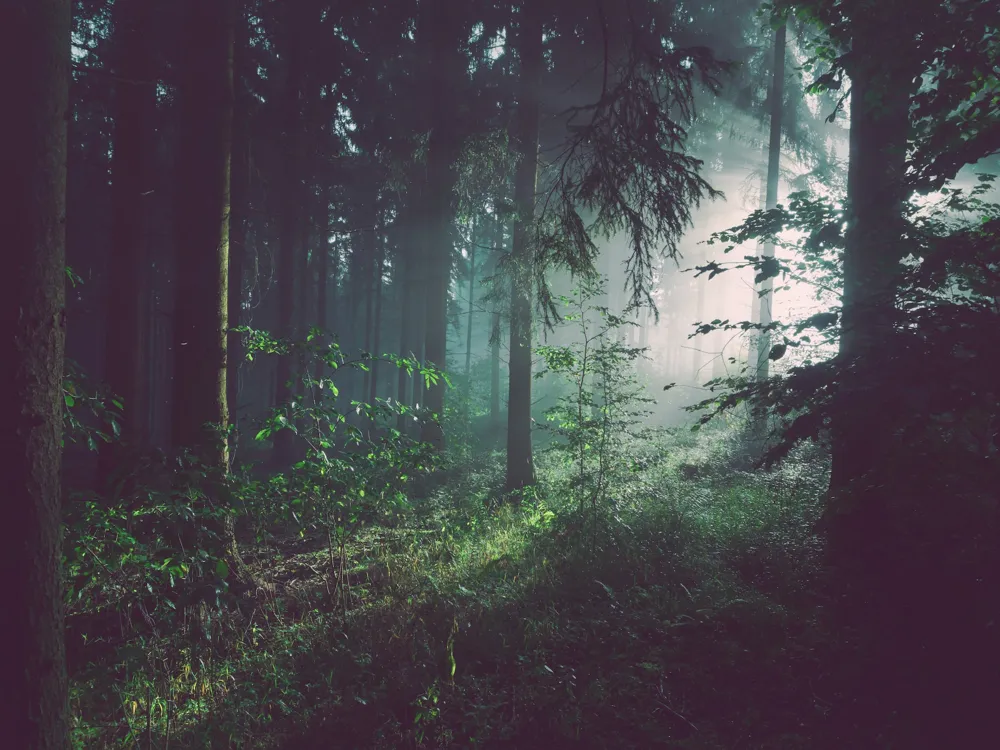
Located at a distance of around 65 km from Sakleshpur. The Bisle Reserve Forest is a biodiversity hotspot. During the monsoon season, this forest looks splendid covered with mist and the dews that settle on plants make them look stupendous. If you want a bird’s eye view of the place, do not forget to go to Bisle View Point.
A trekker’s paradise surrounded by green forest, streams and waterfalls, Bisle Ghat Viewpoint in the Bisle Reserve Forest attracts tourists for the panoramic views of the three mountain ranges namely Dodda Betta-Yenikallu Betta, Pushpagiri and Kumara Parvatha along with the Giri River passing through the valley. It is located 55 kilometres from the bus stand of Sakleshpur, 5 kilometres from Bisle village and around 20 kilometres from Kukke Subramanya Temple. The forest is a protected region without human occupancy and the forest department created a shelter at the viewpoint to enjoy the mountains.
Read More
Hemavathi Dam
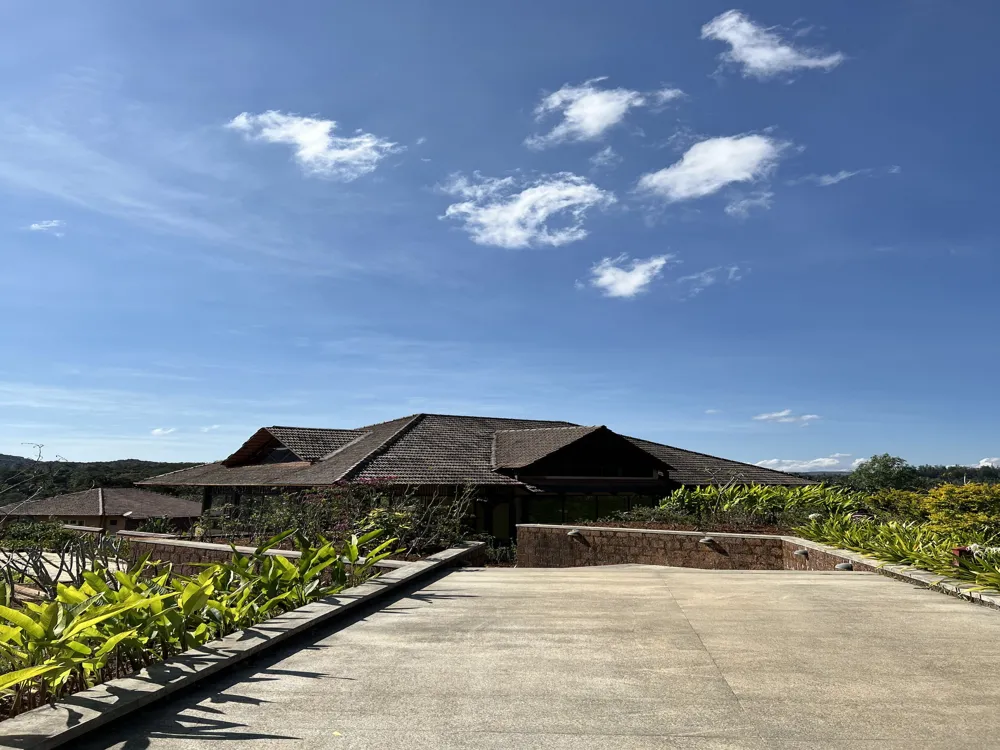
The Hemavathy River, a tributary of the Cauvery River is originated from the Western Ghats at an elevation of 1219 meters. Flowing on the eastern Sakleshpur, Hemavathy River is famous for kayaking, swimming, boating, banana-boat riding, rope crossing and even a peaceful picnic at the lush garden on its banks surrounded by lush forestry.
A half-submerged church and an old Brahma temple dating back to the 12th century with intricate architecture are the hidden gems of this place. You will be stunned to know that coffee trees are used to make furniture in this place, so make sure to check them out.During monsoon, you should visit Hemavathy Reservoir and the dam known as ‘Gorur Dam’ that was built in 1979, around 66 kilometres from the Sakleshpur bus stop. The 4692 meters long and 58 meters high dam looks majestic when the six huge radial spillway gates are opened to let the gushing water of the 8501 hectares reservoir flows down while in the early morning, you will spot various endemic birds. Things to Do around Hemavathi BackwatersThe remnants of a Gothic church named as Settihalli Rosary Church can be seen during low tide on circular small boats or coracles. The Church was active till 1960. Built-in 1860 by wealthy owners of British estates and French Missionaries, this “floating church” is visible during November through May as it is partially submerged from July through October. Only 10 kilometres from the bus stand, the Hemavathi backwaters offer breathtaking views of the Western Ghats, the Manjarabad Fort, the Settihalli Church, the coffee plantation, a Tibetan hamlet and the Brahma Temple from 12th century with exquisite craftsmanship.
Read More
Jenukal Gudda
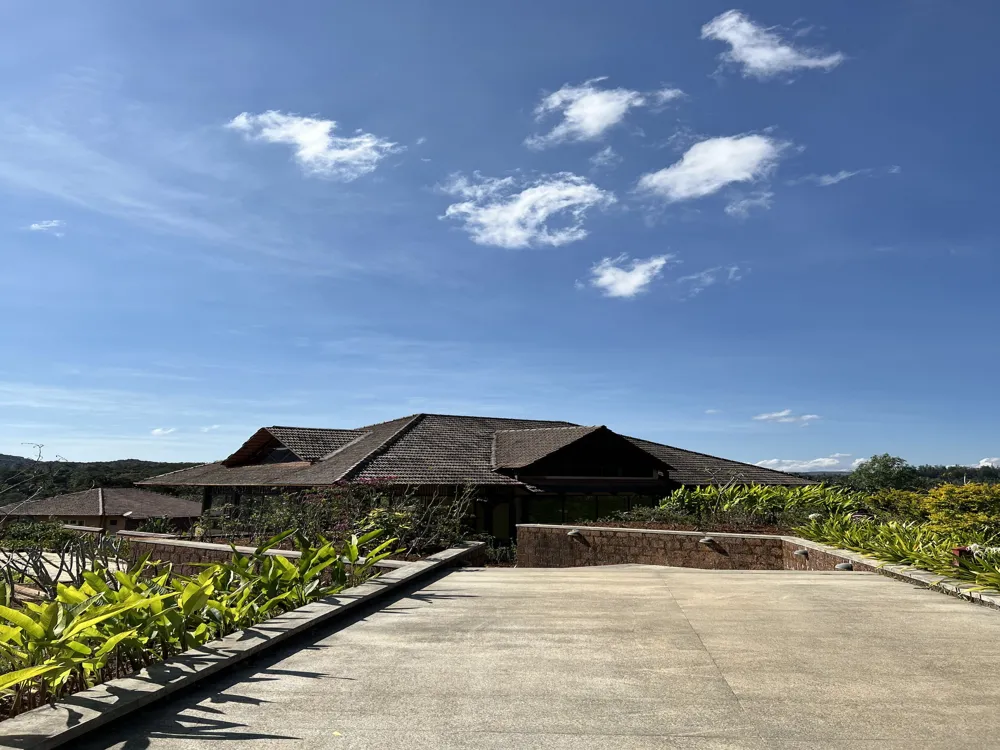
From Pandavar Gudda or the Betta Byraveshwara Temple, you can trek to Jenukallu Peak, the second-highest in the state. Also known as ‘honey stone mountain’ or “Hodachalli”, Jenukal Trek of 8 kilometres will challenge your skill and treat you with the coffee plantations, green woods and the views of the Arabian Sea and the peaks namely Sheshaparvata, Kumara Parvata and Ettina Bhuja.
Jenukallu, Jenukal or Jenkal Gudda is 40 kilometres from Sakleshpur and from Betta Byraveshwara Temple, your round trip trek will take more or less 4-5 hours. the initial ascent is gradual and therefore, easy to walk along while the final stretch requires proper skill as it is very steep including a number of narrow paths running through rocky terrain with vertical fall on another side. Avoid climbing during monsoon as these paths especially become very tricky and risky, same goes for the Deepadha or Diggallu Kallu clubbed with the Jenukal Betta that remains shrouded in thick mist resulting in low visibility.
Read More
Manjarabad Fort
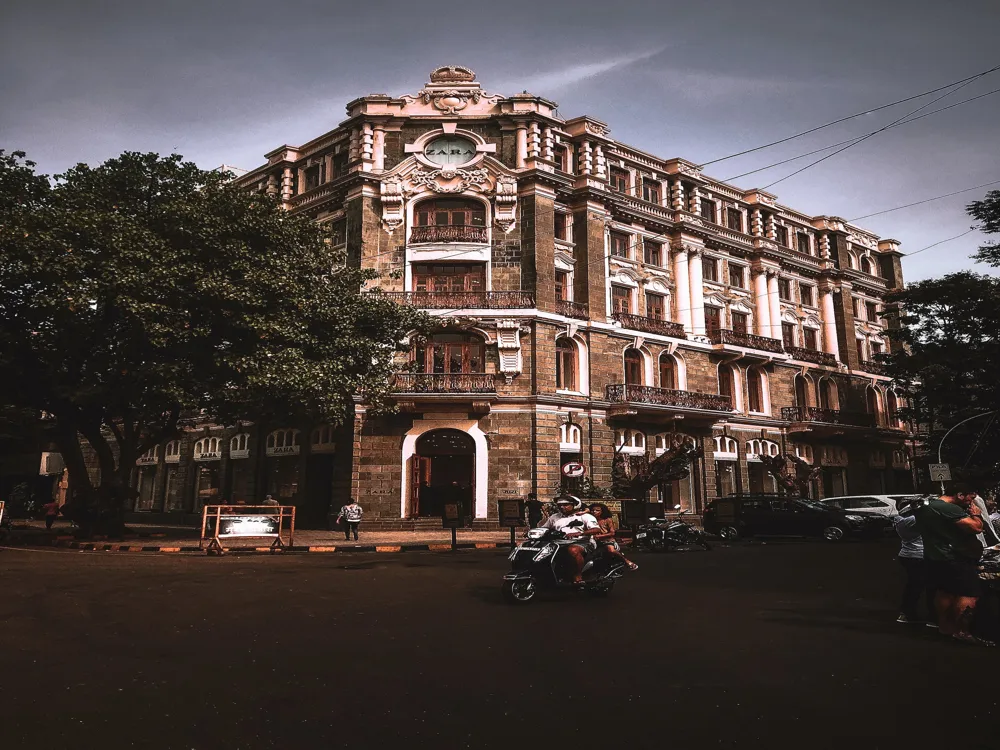
Manjarabad Fort stands at an elevation of 3240 ft on the outskirts of Sakleshpur. The star- shaped fort was built by Tipu Sultan as a protection. The fort is a must visit to witness the grandeur of Islamic-style architecture. The trek up to the fort is a little bit difficult but the view of the Western Ghats from the top is spell-bounding.
As per the history, Sakleshpur earned its name during the reign of the Hoysalas when they discovered the broken Shiv linga on their arrival. The town was also ruled by the kings of Mysore and the Chalukyas and there is also another legend saying that the town derived its name due to its agricultural excellence. The octagonal star-shaped Manjarabad Fort at 3,240 feet altitude lies 6 kilometres from the town’s bus stand. Maintained by the Archaeological Survey of India, the fort boasts of the sprawling vistas of the hillscape and even the Arabian on a clear day. You have to get down 200 meters away from the gate and climb around 253 steps to find the mural depicting the fort map. The architecture of the FortBuilt-in a pattern of military forts as developed by Sébastien Le Prestre de Vauban in 1792 during the reign of Tipu Sultan, Manjarabad Fort acted as the ammunition storing frontier against the British and as it used to be shrouded by mist or “manju” in Kannada, it earned its name as Manjarabad. The fort made up of granite chunks features eight walls surrounded by a deep moat, archways in Islamic architectural style, parapet with musket holes and cannon mounts, chambers for the army, cross-shaped rainwater reservoir, two underground cellars to store gunpowder and a tunnel leading to Srirangapatna.
Read More
Manjehalli Waterfalls
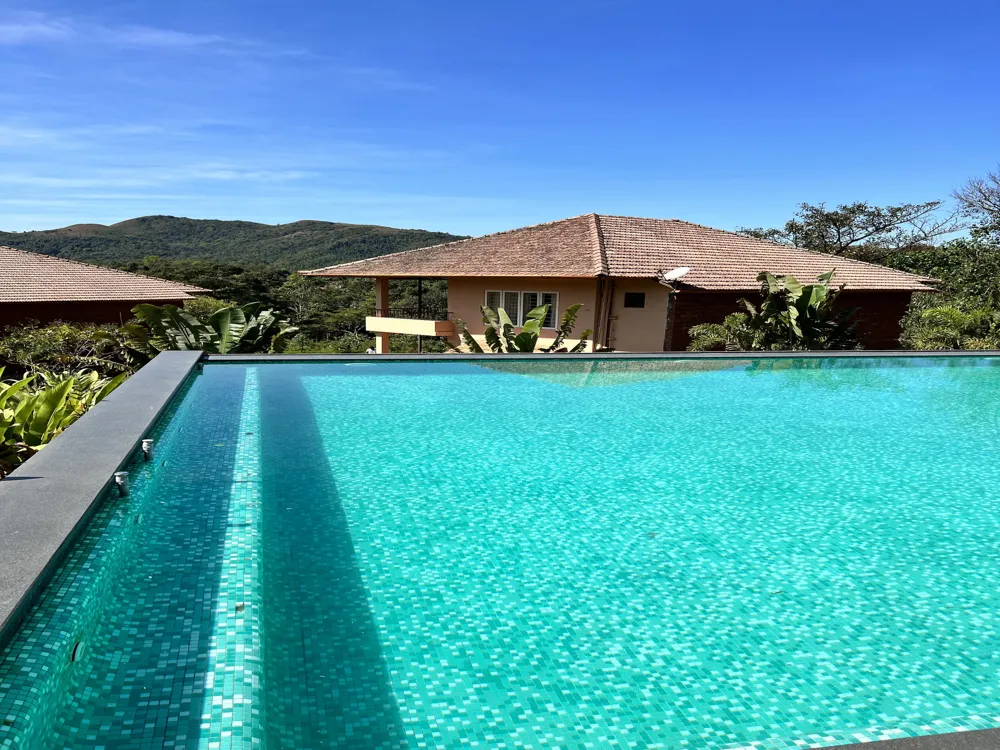
Manjehalli Waterfalls is 20 ft long Waterfall nestled between the lush green hills at a distance of 8 km from Sakleshpur. Also known locally as Abbi Falls cascading from 20 feet are best visited during monsoon but you have to be careful while taking a dip in the gurgling stream or walking on the slippery rocks.
The one-kilometre trek through the Manjehalli village to the waterfall at the mountain foothill is enchanting as you pass the coffee plantations and endemic flora while getting an opportunity to interact with the villagers. During the monsoon season the flow of the water increases which makes it the best time to visit it.From atop the fall, you can marvel at the lush forest flanking the Pushpagiri Mountains. Picnic and overnight camping facility are available by the Manjehalli fall but during monsoon, you should be careful from reptiles and rising water level. In case of security issues, there are guards on patrol. Don’t plan your trip in winter or in summer as there is hardly any stream in the waterfall at those times.
Read More
Pandavar Gudda
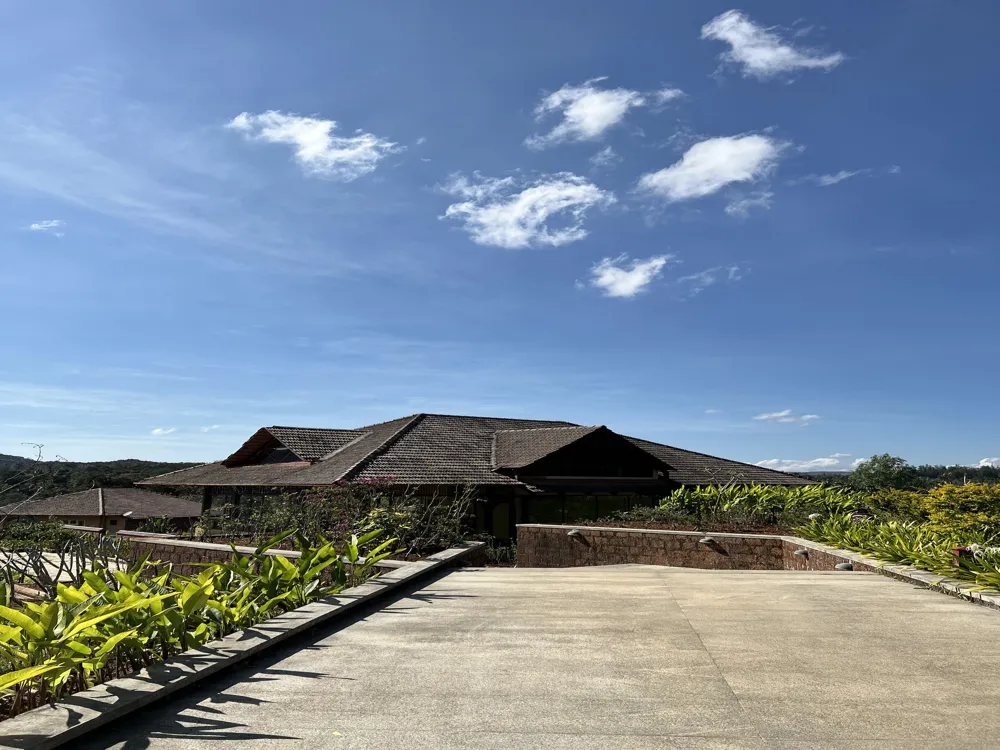
Pandavar Gudda has enormous relevance to Hindu mythology. It is believed that the Pandavas stayed here during their exile. This is currently one of the more popular treks in Sakleshpur. The Betta Byraveshwara Temple is here and it is said to be over 1000 years old. Located right next to the massive Jenukal Gudda, visit here if you wish to have a beautiful view of the sunset and sunrise.
Raxidi Estate
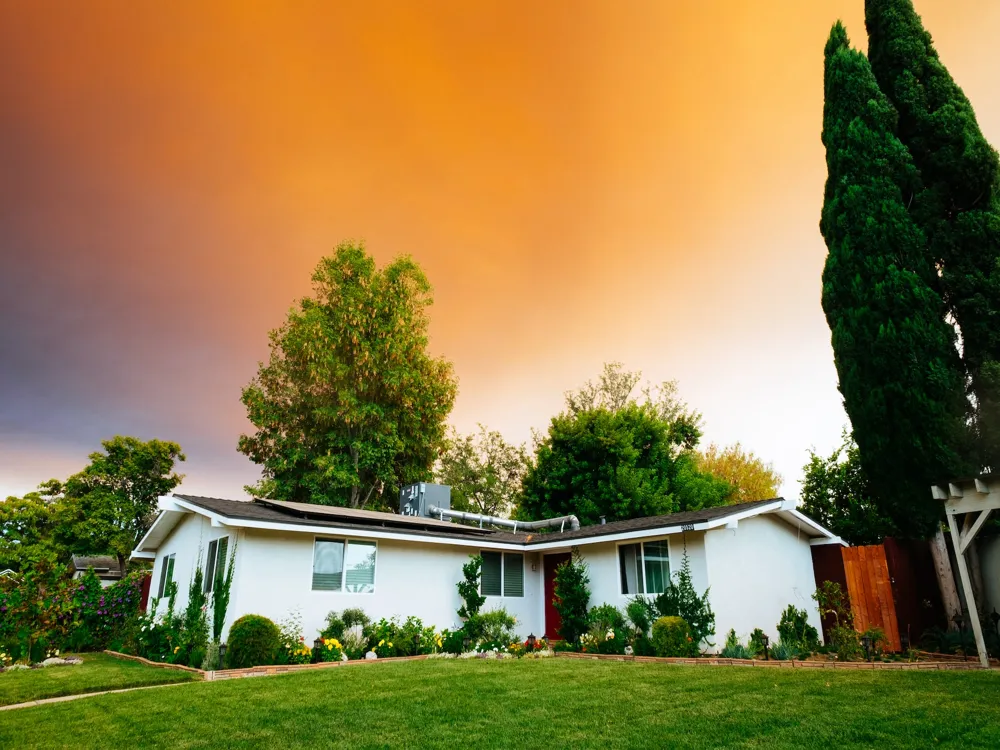
Raxidi Estate located at a distance of 10 km from Sakleshpur is a place where coffee and different spices are cultivated. Take a tour around the green plantation where a sweet fragrance floats in the air. Interact with the cultivators and get to know about the onerous tasks that they perform. If you want to know the process that takes into making the coffee and the spices that you consume every day, make sure to visit this place.
Sakleshwara Temple
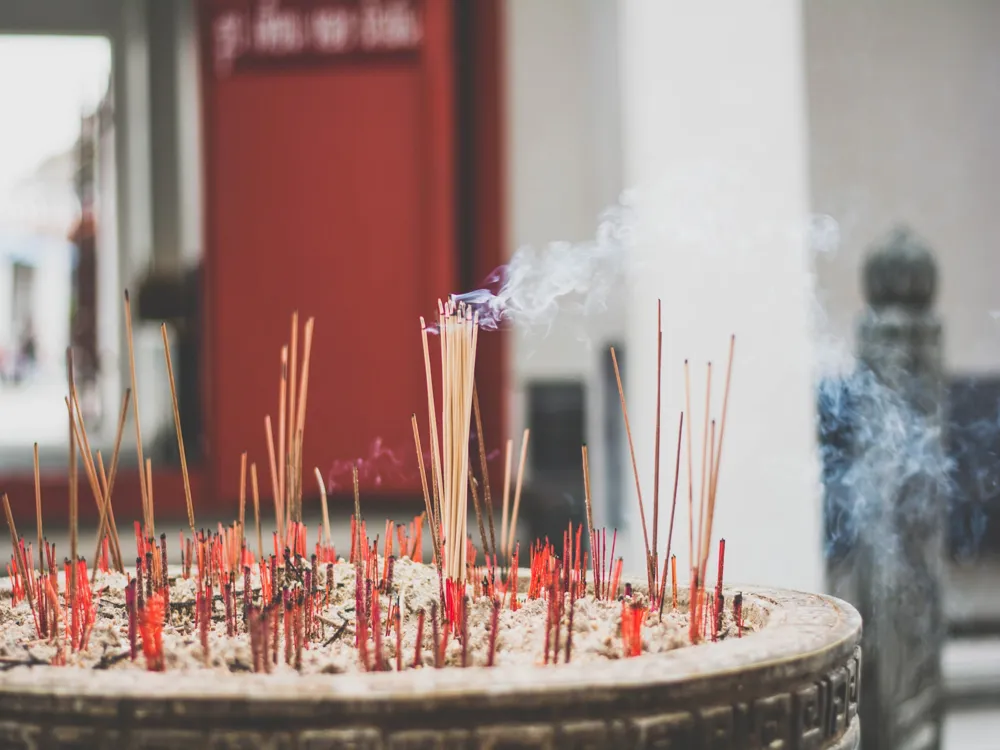
Famed for the annual rath yatra in February, the Sri Sakleshwara Swamy Temple is located only 1.5 kilometres from the bus stand of Sakleshpur and is one of the oldest in the state. Visit anytime between 6 AM and 6 PM and you can explore both the temple dedicated to Lord Shiva and Hemavathy River by which the temple is constructed.
Built during the 11th to 14th century when the Hoysala empire flourished in the town, the temple features the exquisite Hoysala craftsmanship. It is the name of the temple from which the town derived its name. As a matter of fact, the temple is smaller in size than the standard South Indian temples. At the entrance of Sakleshpur town, the temple dated back to over 600 years, stands as a sentinel and the majestic colossal statue of Lord Shiva is the main attraction of the temple. Thousands of devotees and tourists visit the Rath Yatra to take part in the parade with Dholu Kunitha, Drum sets, Marshavadya and Nandidhwaja while onlookers offer camphor, fruits, flowers etc.
Read More
Temples of Halebid and Belur
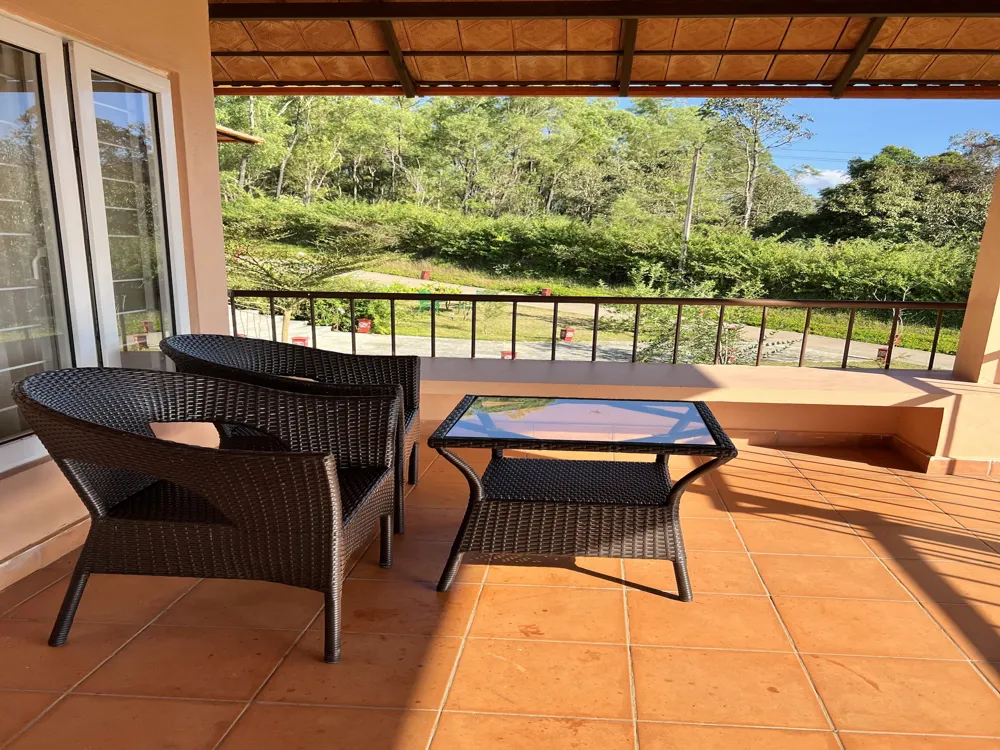
About 37 kilometres from Sakleshpur, Belur was earlier known as Velapuri according to the ancient inscriptions, and with its marvellous temples, it earned the name Dakshina Varanasi (South Varanasi). The Hoysala Temples with intricate carving and polished metalwork are dedicated to the incarnation of Lord Visnu, Chennakesava. Overlooking the Yagachi River, Chennakesava Temple with Hoysala architecture marks the victory of king Vishnuvardhana over the Cholas during 1117 CE.
There are three entrances on the star-shaped podium including the Dravidian, raja gopuram and you will find the Pushkarni (stepped well) and two shrines dedicated to Chennakesava's consorts Raganayaki and Soumyanayaki. The Madanikas or the mythological sculptures depicting episodes from the Upanishads, Mahabharata and Ramayana are highlights of the temple along with the friezes, 48 pillars including Narasimha Pillar, the Darpana Sundari, Shantaladevi's bracket figures on the ceiling and her sculpture with hollow movable jewellery and the huge statues of gods namely Lord Vishnu are notable. 52 kilometres from Sakleshpur, Halebid or Halebidu is famous for the Hoysaleshwara Temple and Kedareshwara Temple which date back to 1121 AD. Also known as Dwarasamudra meaning the gateway to seas, Halebid earned its current name Halebidu (The Old City) after the invasion led by Malik Kafur. Surrounded by the lake, the temple complex comprises of the archaeological museum. Hoysaleshwara Temple is dedicated to Lord Shiva and has shrines dedicated to Santaleshwara, Hoyasaleshwara and Vishnuvardhana's minister Ketumalla. The temple façade features carvings of birds, animals, dancing figures and other Hindu mythological episodes. Built during the rule of Ballala II, Kedareshwara Temple is also dedicated to Lord Shiva, and it features Chalukya-styled architecture with Hoysala panels and sculptures along with rows of horse, lion, elephant and Makara in the basement.
Read More
Sakleshpur Travel Packages
View All Travel Packages Sakleshpur
Nearby Places Sakleshpur
Browse Package Collections
Browse Hotel Collections











